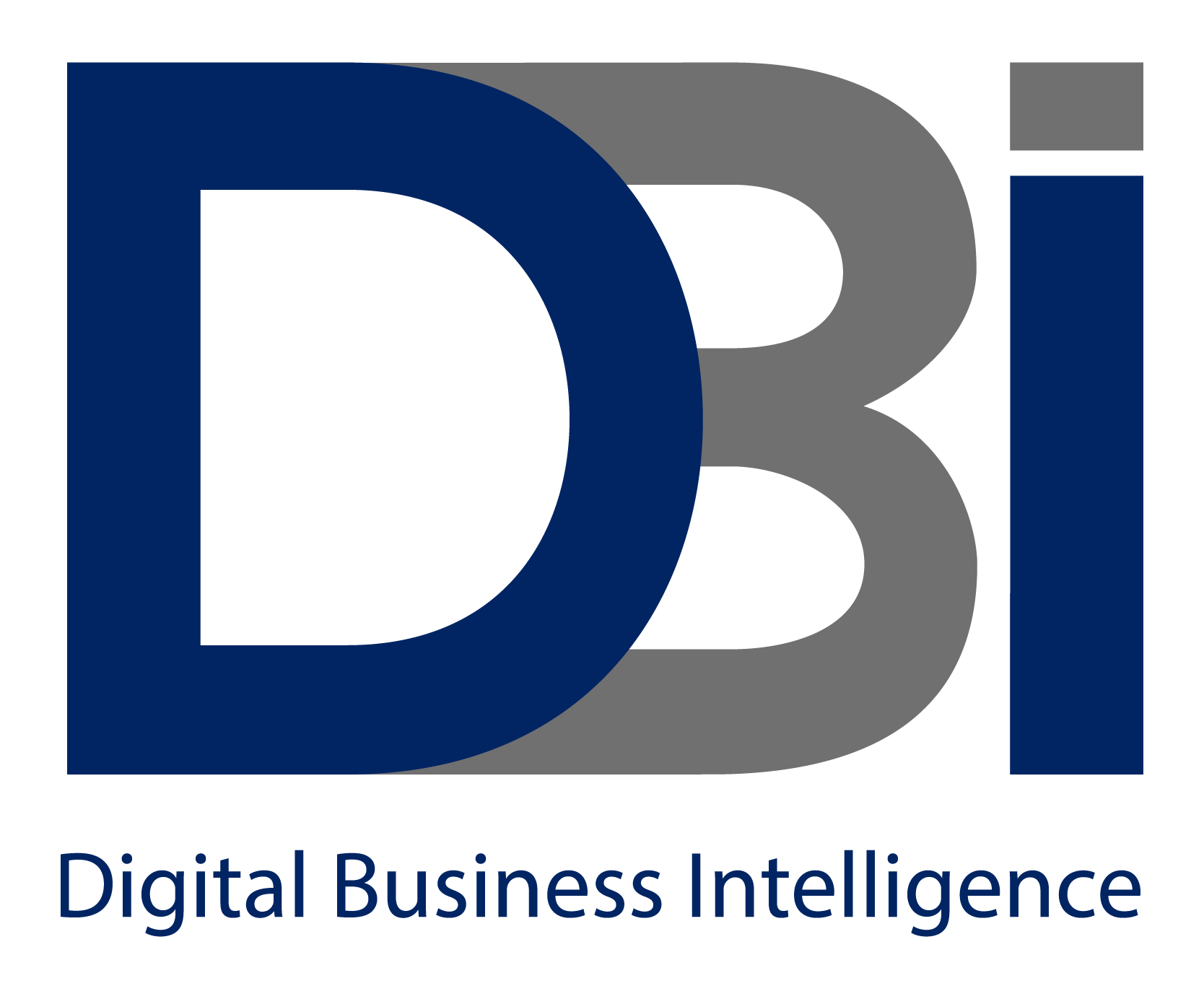Why are the SEO reports you create for your clients so perfect? Here are the seven crucial factors you should think about. You understand how crucial it is to provide accurate and comprehensive information if you manage SEO for clients. You must now demonstrate that you have done the work.
Your clients count on you to provide them with the pertinent information they require to make wise choices regarding their future marketing initiatives. The SEO report serves as a road map for them and you.
The key to getting it perfect every time is developing a technique that you can replicate for each client. What then goes into creating flawless SEO reports? The seven necessary components are listed below.
Traffic: Sources
Is your client’s main objective to increase organic traffic to their website? Your SEO reports should begin with traffic.
For this part of the report, you should also use the Source/Medium section of the traffic report if you’re using Google Analytics. It will give you additional insight into the origin of your visitors and assist your client in choosing where to invest their time and money.
Make sure to include mobile sources in this section of the report as well since 63 percent of traffic to organic search engines in 2021 came from mobile devices.
Conversion Rate & Progress on Goals
Massive site traffic is fantastic, but even the most traffic won’t go you very far if you don’t understand what your visitors want or how they want to interact with your material. In other words, no amount of traffic will help you if you can’t turn your visitors into buyers.
One of the most crucial key performance indicators (KPIs) for your clients is likely conversion rate, therefore place it near the front of your report for easy access. When you know the conversion rate, it will be easier for you to explain what will follow next in the report and explain why particular insights and data points are being displayed.
Choose a few goals you wish to count as “conversions” to show the conversion rate to a customer. In this illustration, a non-profit client tracked completed donations by using landings on their “Thanks for the donation!” page. Each landing will be recorded by Google Analytics as a contribution toward reaching the objectives listed in the Goal Completion section.
Top Performing Pages
It’s important to understand where your visitors are going on your website even though you presumably already know where they are coming from. It’s fantastic if a visitor finds your website naturally through Google, but it’s much more important to know that they clicked on one of your most recent blog posts.
Top-performing pages should always be included so that your client knows what is and isn’t functioning. The majority of the time, there are lessons to be learned from successful pages that can be applied to struggling pages to increase (and maintain!) traffic.
The Landing Pages section of Google Analytics can be used to extract data to support this.
Page Speed Insights
For this section, take a brief detour from Google Analytics and visit a Google product called PageSpeed Insights. It’s a free program that will demonstrate to your customers how quickly their pages load and any performance problems they could be able to resolve to enhance their outcomes. Sometimes it’s something minor, like a video with a huge file size. Your pages will go live immediately with this easy quick fix.
Although page speed hasn’t always been a top issue, as customer expectations for their online experiences rise, making sure your pages load quickly is essential to keeping visitors on your site.
Bounce Rate and Dwell Time
It is quite helpful to know that people have visited your website, clicked on specific pages, and in some cases converted. To get the full picture, your customer must know how long visitors stay on their website and how many leave after the first landing page.
Dwell time is the number of times visitors stay on a website page after arriving via an organic search. Are they seeking a rapid response or browsing other pages from there? However, a high bounce rate isn’t always a drawback.
If they swiftly left your landing page, which has many internal links to other pages on your website, they likely moved on to investigate these outbound links.
Rankings and Backlinks
Backlinks are potent tools that can help websites that are having trouble moving up the SEO results. There are several tools available for tracking links, which is useful because they can reveal possible SEO chances.
This portion of the report is where you will demonstrate the influence of backlinks if you assisted your client in obtaining them as part of your SEO strategy.
Regarding rankings, you should mention where the site stands for the terms you’ve identified to be the most beneficial to the customer. Just remember that rankings are no longer the only thing that matters in SEO because we now know that a wide range of criteria, including history, user location, and personalization, can all have an impact on ranks.
Recommendations and Next Steps
Under a pile of data, recommendations might not be the first thing that comes to mind, but at the end of this report, the client is ultimately seeking advice and the next steps. Your recommendations and subsequent actions will make use of all the data you have gathered and incorporated it into the strategy going ahead so that there is a workable plan to address the flaws and maximize success.








